Your experiment looks exactly like something I did in middle school in 1953; gives me a funny feeling that we might be related.
You probably learned Ohm's law: voltage = current x resistance. There is another form of Ohm's law for magnetism: ampere-turns = flux x reluctance. You want to maximize flux, and you are stuck with the reluctance that is determined by the size, shape, and material properties of your nail (as Effect mentioned above, make sure it is magnetic iron by testing with a magnet,) so you need to increase the ampere-turns. Since, as others have pointed out, your amperes are limited by the internal resistance of your battery, you need to make the most of them by increasing the number of turns.
There is a limit to what can be achieved, however. Once all of the magnetic domains in the nail are aligned, increasing the ampere-turns further will only slightly increase the flux. That is called saturation. If you achieve this, the nail is likely to retain some of its magnetization after the current is removed. So read more about the magnetic properties of iron, and keep playing with it.
For safety's sake, do NOT try a car battery; with the short length of heavy wire your photo shows, the very high current from a car battery will burn everything up very quickly, including your fingers if you are touching the setup! Also, do not modify your setup to create a high-velocity nail gun. You may injure someone.
You may want to look at the history of how magnetic fields around current carrying wires were first detected. I found this in Wikipedia:
"In 1820, Ørsted published his discovery that a compass needle was deflected from magnetic north by a nearby electric current, confirming a direct relationship between electricity and magnetism.[7] The often reported story that Ørsted made this discovery incidentally during a lecture is a myth. He had, in fact, been looking for a connection between electricity and magnetism since 1818, but was quite confused by the results he was obtaining.[8][9]"
The next discovery was how changing magnetic flux could induce voltage in a wire. Once those two ideas were put together, we got all kinds of devices-- motors, generators, transformers, electrical communication, and ultimately Tesla's creation of our electrical power system and radio wave transmission. (In the end, the patent office threw out Marconi's patents.) It was in the early 1800's and was an exciting time of great discoveries in mathematics, physics, chemistry, and other sciences. So connect your meter to the coil and pull the magnetized nail out of it to see if you can induce a voltage. (If that does not work, apply a permanent magnet to the head of the nail and try again.)
Here is a book you will love:
The Scientific American Book of Projects for The Amateur Scientist Hardcover – January 1, 1960
by C.L. Stong (Author)
 I’m trying to teach myself electrical engineering. I am trying to make an electromagnet using a 9V battery, alligator clips, and a steel bolt.
I’m trying to teach myself electrical engineering. I am trying to make an electromagnet using a 9V battery, alligator clips, and a steel bolt.